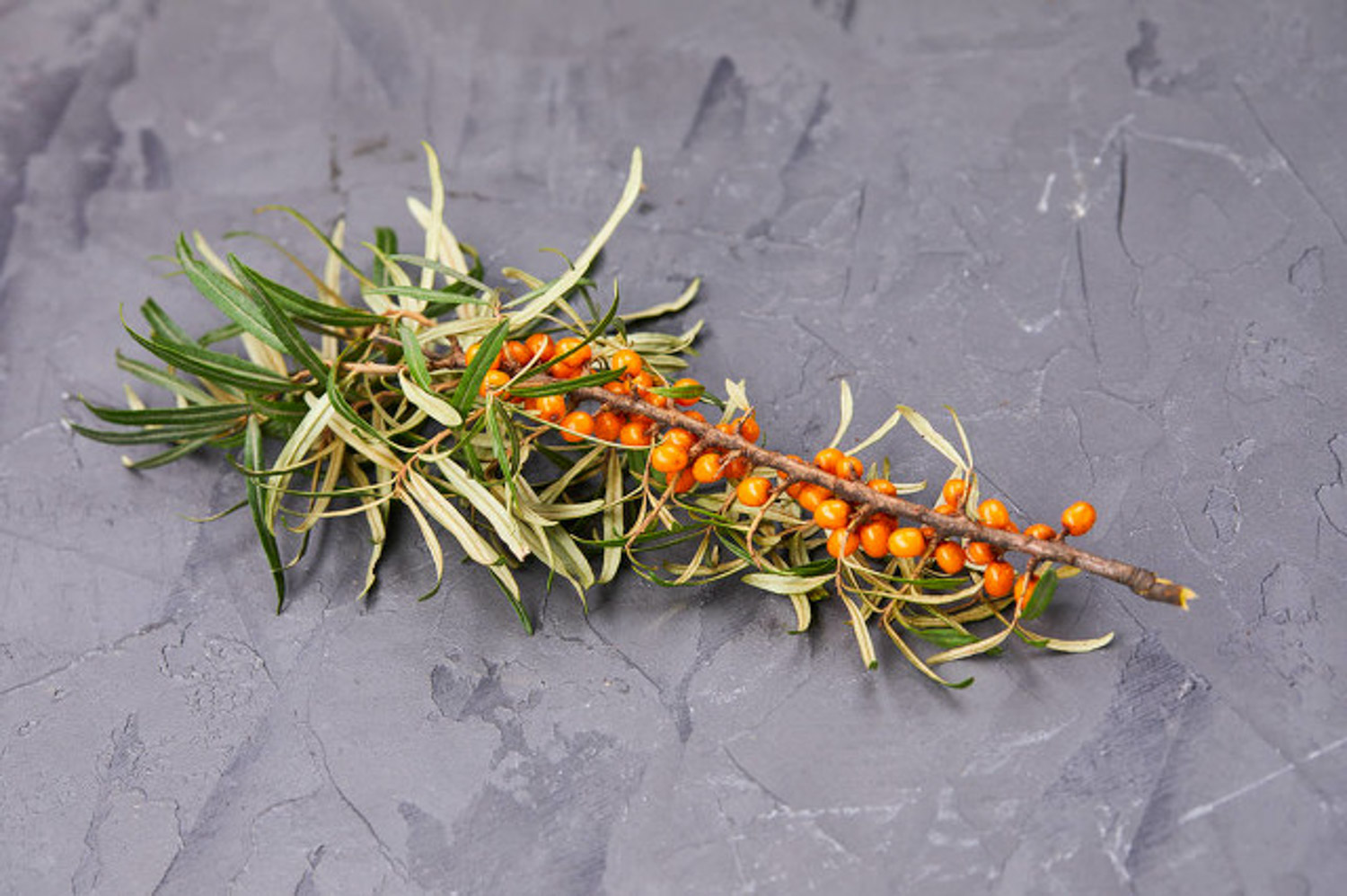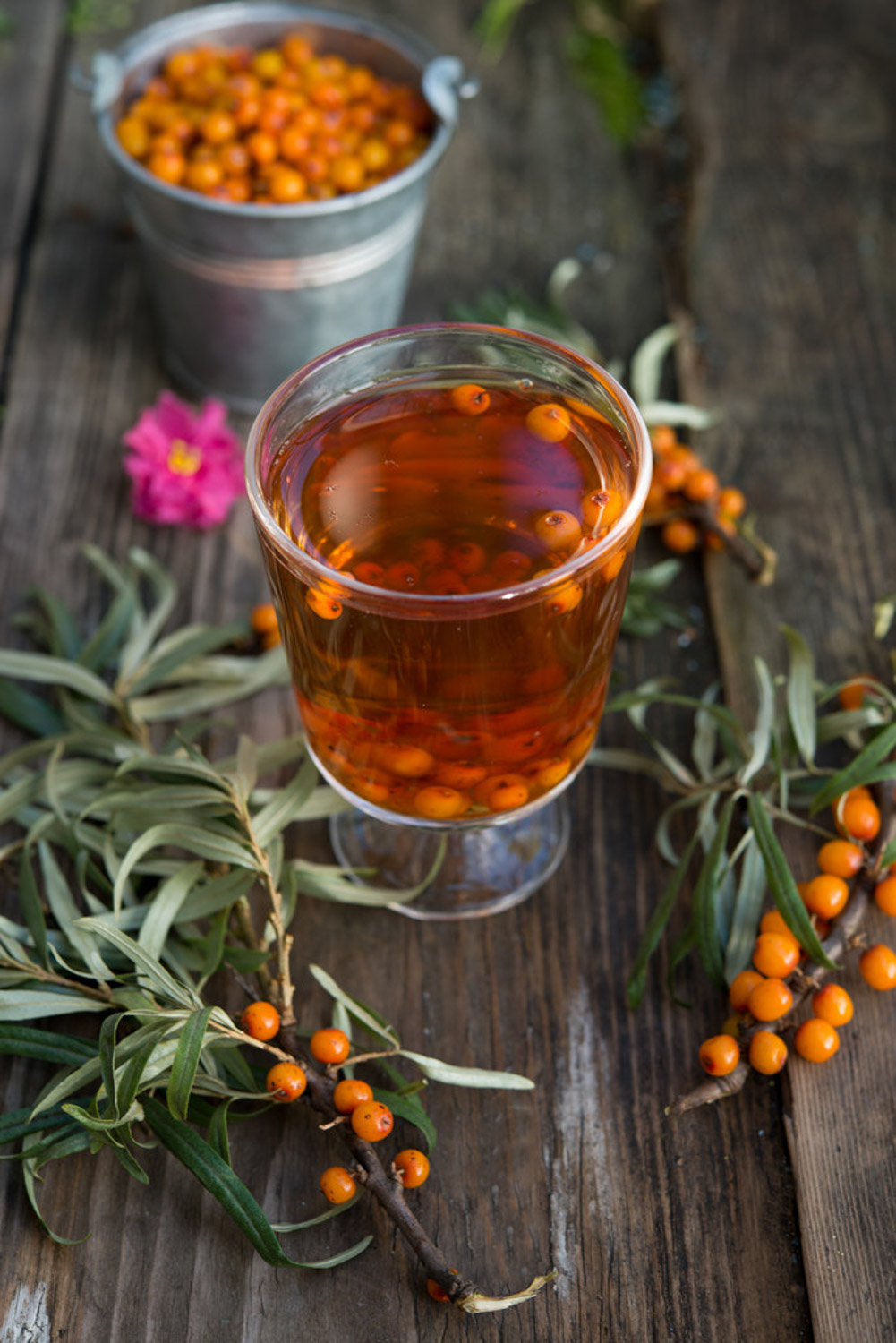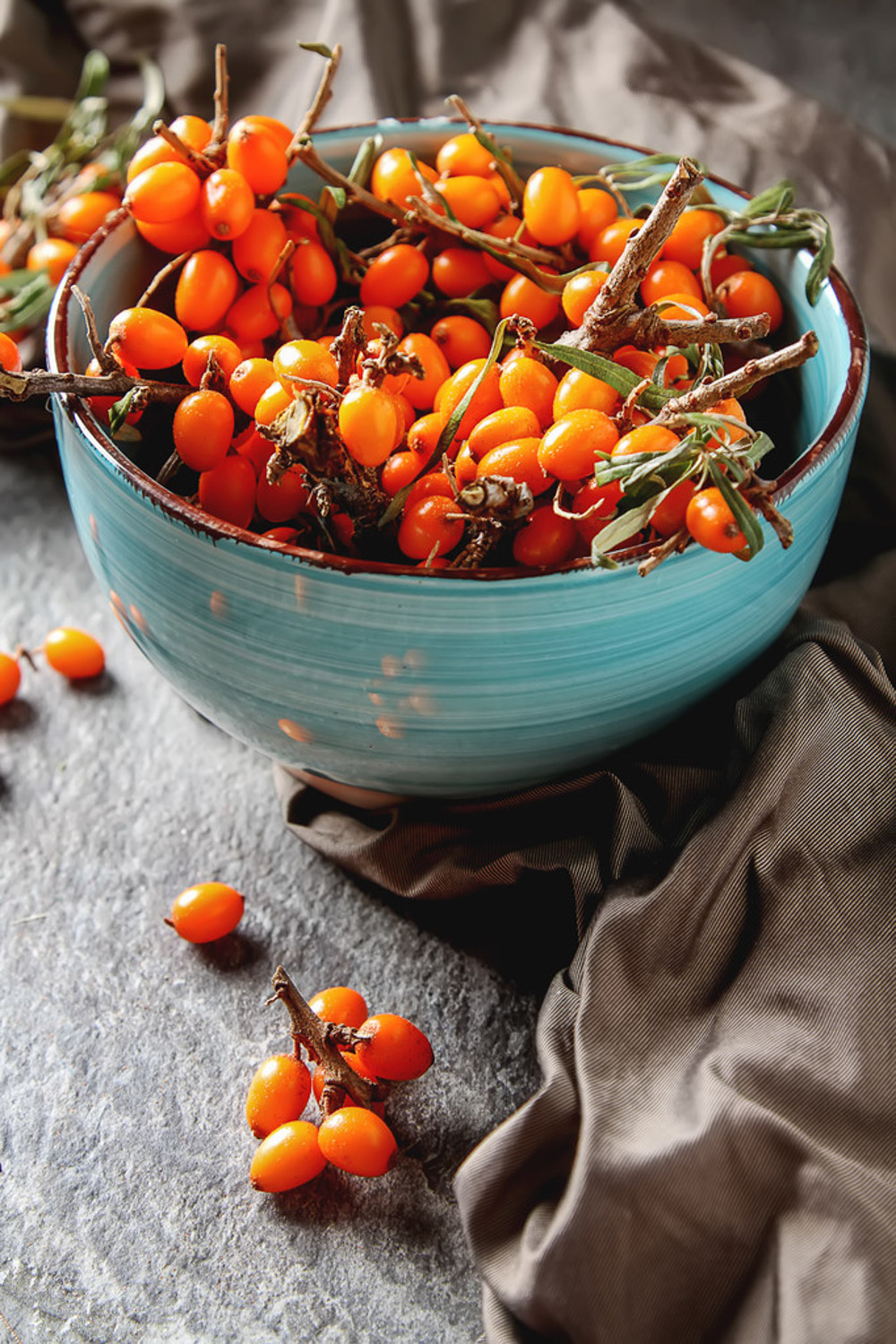1、 Pruning time
Seabuckthorn pruning is divided into summer pruning and winter pruning. In summer, it generally starts from budding to defoliation, and in winter, it starts from defoliation to tree bud germination in the next spring. Winter pruning should be heavy, which helps to concentrate nutrients and is very helpful for the growth of new shoots. Summer shear should be light. Although it will also weaken the growth, it can promote the results

2、 Pruning method
1. Thinning: thinning is the most common pruning method, mainly for seabuckthorn trees with good growth. This kind of pruning is mainly concentrated in the growth period. It is necessary to regularly check the growth of branches and leaves and cut off the branches that are too dense and too weak. At the same time, if there are branches with sick insects, they should also be cut off. For Cross branches and overlapping branches, appropriate pruning is needed to improve the ventilation and light transmission of the tree crown, so that it can better accumulate nutrients and prevent diseases and pests

2. Short cut: short cut is mainly for annual branches. It doesn't need to be trimmed too long. Just cut off one third. This kind of pruning is mainly to promote the emergence of new shoots and increase its branches. Only with more branches can it blossom and bear fruit more easily. If the pruning force is too large and too many parts are cut off, it can make the germinating branches stronger. Although it is not conducive to the fruit, it can cultivate the developing branches, so as to cultivate more fruit branches
3. Pinching: pinching is also a common pruning method. Remove the growth point at the top of the branch, which can inhibit its own growth, but will promote branching and increase the fruit setting rate


 how many times do yo...
how many times do yo... how many planted tre...
how many planted tre... how many pine trees ...
how many pine trees ... how many pecan trees...
how many pecan trees... how many plants comp...
how many plants comp... how many plants can ...
how many plants can ... how many plants and ...
how many plants and ... how many pepper plan...
how many pepper plan...






























